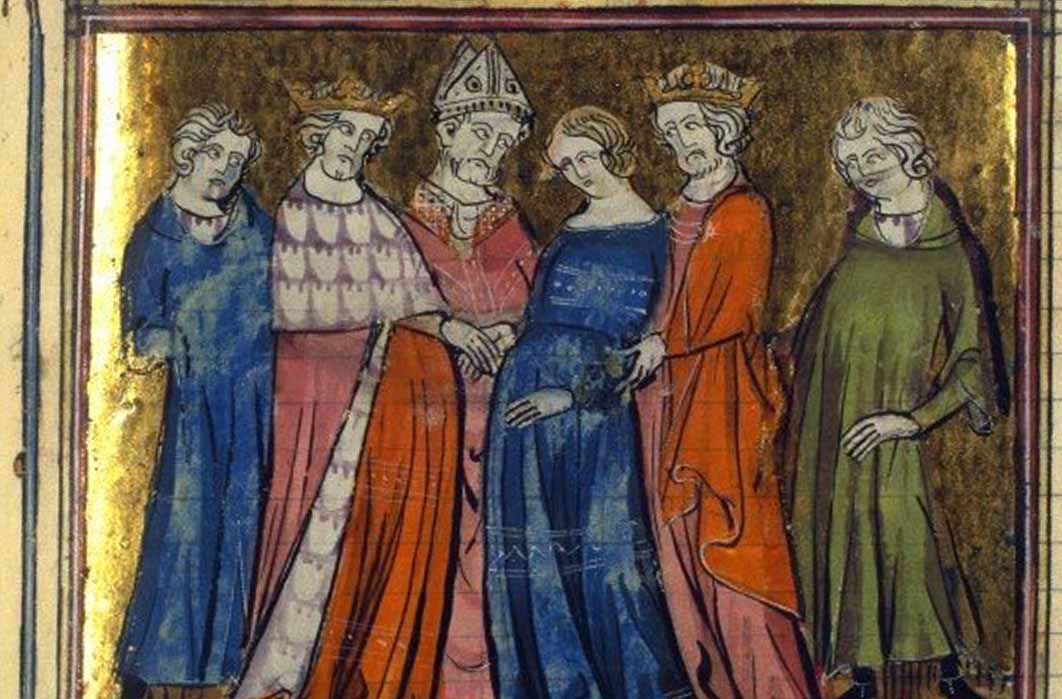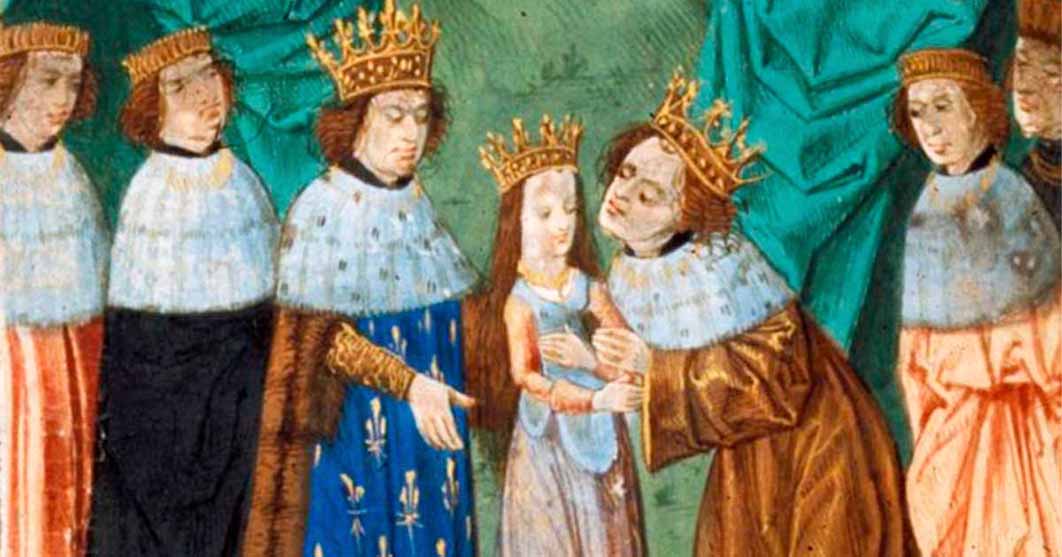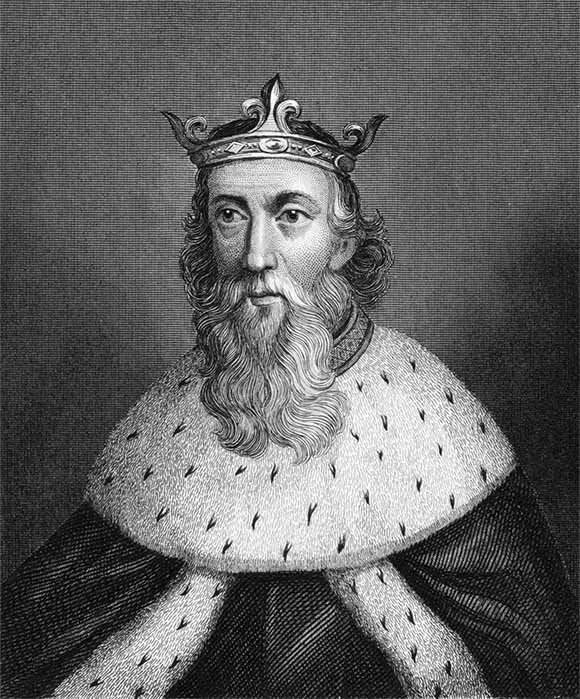
King Henry I’s Illegitimate Daughters, Pawns In A Dynastic Strategy
Familial identity and affinity were crucial factors in the establishment of an aristocrat’s social and political contexts, defining to a significant extent their place and interactions within the networks of power in which they existed. These factors derived from the family’s role as a receptacle of wealth. While personal disputes were far from uncommon, a sense of identity and inclusivity in a shared dynastic enterprise necessarily required, and was incentivized by, a stake within the collective fortunes and inheritance portfolio of that family. Marriage was not only the principal mechanism through which these family networks could maintain themselves, but also the means through which they could cultivate and grow other connections and so expand their political and landed interests within wider networks of aristocratic power through a process of consolidation and synthesis.

Depiction of the marriage of the Norman Lord Strongbow to the Irish princess Aoife in Waterford in 1170 by Daniel Maclise (Public Domain)
The Institution of Marriage
The perpetuation and relative inclusivity of the 11th and 12th century aristocratic family, which was composed of an overlapping mesh of landed interests and marriage ties, greatly benefited from the adoption of regulated and legally recognized lines of inheritance. These were formed in reaction to Church reforms and the colonization of the institution of marriage. The growing conception of marriage’s increased permeance promoted and highlighted the importance of maternal lineage as a point of connectivity within aristocratic familial networks. The exploitation of and interaction with these extended networks of affinity, principally through the medium of marriage and as part of a coherent and expansive dynastic strategy, was just as crucial to the success of a 12th-century king of England as it was for the echelons of the lesser aristocracy.

Detail from miniature depicting Richard II, King of England from 1377 to 1399, receiving his child bride Isabella of Valois from her father Charles VI, the King of France (Public domain)
The monarch’s pre-eminence amongst his fellow magnates and the successful application of temporal power and authority was based in large part upon the creation of a shared consensus amongst the aristocracy and the broad alignment of their interests with his own; an entanglement of fortunes that could be readily facilitated through intermarriage. This principle of political solidarity through the establishment of personal accords was made both necessary and more challenging by the politically fragmented nature of the growing Anglo-Norman hegemony. The effective control and exercise of overlordship of this conglomeration of disparate territories was predicated upon a portfolio of diverse personal dynastic ties and obligations rather than a singular cultural nucleus or unified legal framework. As a result, the cultivation of a dynastic strategy in addition to the construction of familial affinities was, and would continue to be, of particular importance to 12th-century kings of England. Their landed interests were so diverse and numerous and the personal consensus they needed to fashion amongst the magnates and aristocracy were so broad as to preclude the pursuit of, or alignment with, any one aristocratic affinity or familial interest at the expense of the maintenance of a relationship with another.

King Henry I ( Georgios Kollidas / Adobe Stock)
Rejecting the King’s Illegitimate Daughters
To most aristocratic affinities in the 12th century, the inclusion of a member of the royal family and thus a link to the status and power of the throne was highly valued regardless of the legitimacy of the royal family member in question. However, there were instances during Henry I’s reign of dissident or disaffected aristocrats mobilizing the evolving social stigma of illegitimacy to extricate themselves from proposed marriages to the king’s illegitimate daughters. The most notable of these rejections came from Hugh, Lord of Châteauneuf-en-Thymerais and Earl William de Warenne of Surrey. Both matches floundered upon mitigating factors beyond simple snobbery. Not least of which was the proposed grooms’ antipathy towards the king’s political and dynastic scheming. Thymerais had long been a point of contention and significant border friction between Normandy and the Île-de-France with both claiming they were owed vassalage by the locality. It seems likely therefore, that Hugh rejected the proposed alignment with Anglo-Norman royal and ducal interests as antithetical to his own interests and sympathies. Further, the proposed marriage was roundly condemned on the grounds of consanguinity by, the canon law steeped, Bishop Ivo of Chartres, who claimed that Hugh and his prospective bride where related in the sixth degree.




